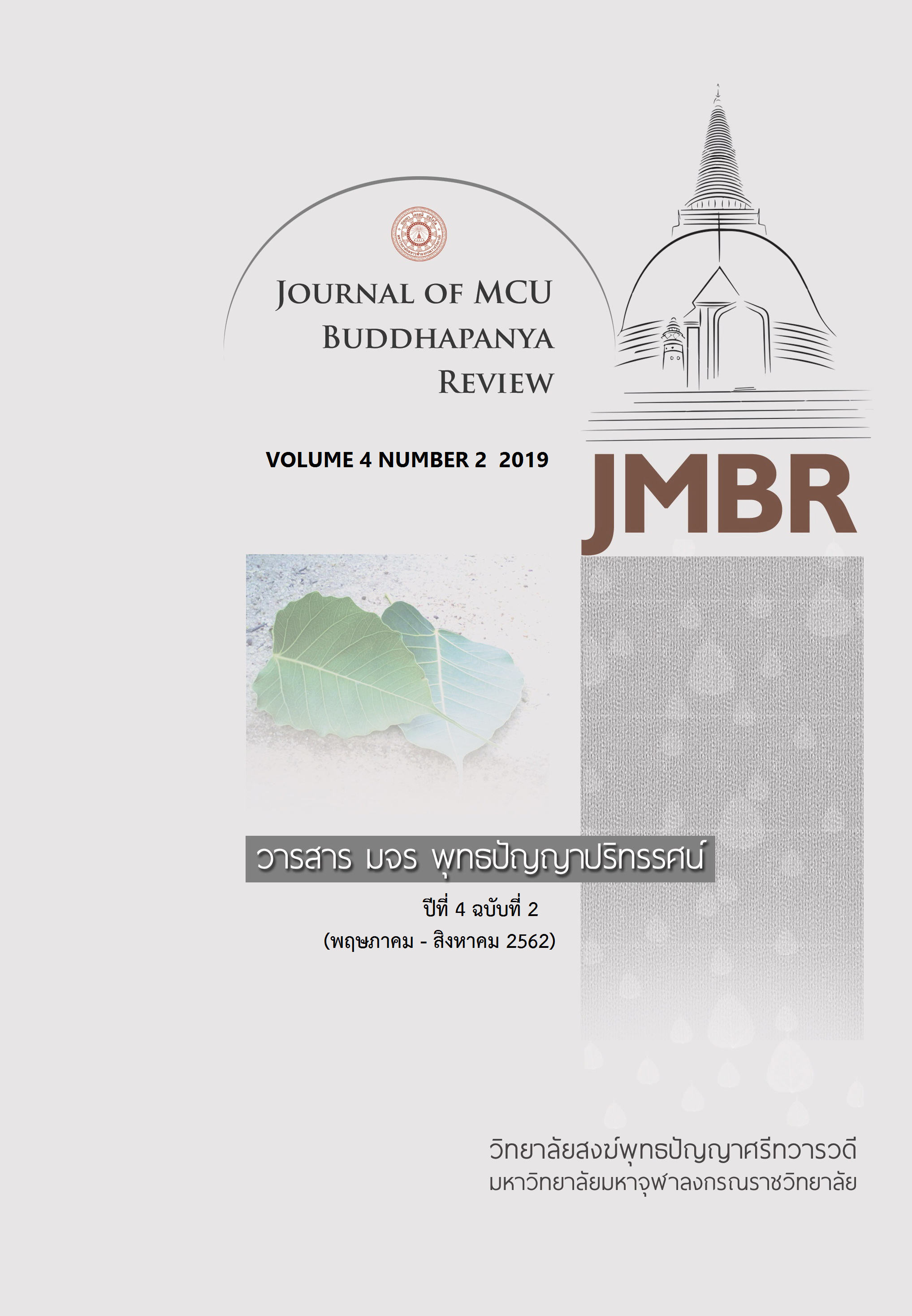การจัดการทรัพยากรมนุษย์ในบริบทอนาคตแรงงานไทยในยุคเทคโนโลยีดิจิทัล
บทคัดย่อ
ในปัจจุบันโลกมีการนำเอาเทคโนโลยีดิจิทัลเข้ามาใช้ในกิจกรรมประจำวันเป็นอย่างมาก ทั้งในภาครัฐและภาคธุรกิจเอกชน ทำให้วิถีชีวิตของคนเติบโตมาพร้อมกับเทคโนโลยีที่ทันสมัย ไม่เพียงกระทบต่อวิถีชีวิตของคนที่ต้องปรับเปลี่ยนไปจากอดีต ทำให้คนในยุคนี้จะต้องปรับเปลี่ยนการเรียนรู้ของตนเองทั้งความคิด การสื่อสาร การเข้าสังคม การทำงาน เทคโนโลยีดิจิทัลกลายเป็นปัจจัยสำคัญหนึ่งขององค์การที่ทำให้องค์การสามารถอยู่รอดและรักษาส่วนแบ่งการตลาดไว้ได้ ทุก ๆ หน่วยงานในองค์การโดยเฉพาะหน่วยงานทรัพยากรมนุษย์จะต้องเรียนรู้ปรับเปลี่ยนบทบาทและนำเทคโนโลยีเข้ามาใช้ในการจัดการทรัพยากรมนุษย์ (HRM tech) ในองค์การ โดยเฉพาะด้านแรงงานที่มีความเสี่ยงสูงที่จะถูกทดแทนด้วยปัญญาประดิษฐ์ และระบบอัตโนมัติในอนาคต
เอกสารอ้างอิง
Matichon daily. (2019). Thailand to boost labor skills in the age of technology. 23 February 2019.
ไทยรัฐ. (2562). อนาคตแรงงานไทย...เมื่อจักรกล AI รุกคืบ. คอลัมน์ข่าวเศรษฐกิจไทยรัฐ. ฉบับวันที่ 14 มกราคม 2562.
Thairath. (2019). Future Thai Workers…When AI Machine Takeover. Thairath Economic column, 14 January 2019.
Bersin, J., Pelster, B., Schwartz, J. & Van Der Vyver, B. (2017). “Introduction”, Rewriting the Rules for the Digital Age. Deloitte University Press.
Bondarouk, T., Ruël, H. & Van der Heijden, B. (2009). “E-HRM Effectiveness in a Public Sector Organization: A Multi-stakeholder Perspective”, The International Journal of Human Resource Management. 20 (3): 578-590.
Brynjolfsson, E. & McAfee, A. (2012). Race Against the Machine: How the Digital Revolution is Acceierating Innovation, Driving Productivity and Irreversibly Transforming Employment and the Economy. Brynjofsson and McAfee.
Cedar. (2004). “Workforce Technologies Survey, 7th Annual Edition”, Available at: www.cedarcrestone.com whitepapers.php.
Future fo Jobs Report. (2018). World Economic Forum.
Gibbsons, S. (2007). “Redefining the Roles of Information Professionals in Higher Education to Engage the Net Generation”, Keynote paper presented at Enducause Australasia.
Godfrey, M. & Johnson, O. (2009). “Digital Circles of Support: Meeting the Information Needs of Older People,” Computers in Human Behavior. 25(3):633-632.
Helsper, E.J. & Eynon, R. (2009). “Digital Natives: Where is the Evidence?”, British Educational Research Journal. 36(3): 503-520.
Kaufman, B. E. (2012). “Strategic Human Resource Management Research in the United States: A Failting Grade After 30 Years?”, Academy of Management Perspectives. 26 (2):12-36.
Lengnick-Hall, M.L. & Moritz, S. (2003). The Impact of e-HR on the Human Resource Management Function. Journal of Labor Research. 24 (3): 365-379.
Pagani, M. & Pardo, C. (2017). “The Impact of Digital Technology on Relationships in a Business Network”, Industrial Marketing Management. 67: 185-192.
Strohmeier, S. (2007). “Research in E-HRM: Review and Implications”, Human Resource Management Review. 17 (1): 19-37.
Wyatt. (2002). “B2E/eHR:Getting Results Along the Journey-2002 Survey Report,” Available at: www.watsonwyatt.com/research/resrender.aspiid=2000861& page= 1(accessed December 7,2018).
Wright, A.D. (2018). “6 HR tech trends for 2018”, HR Magazine. February, 2018.



